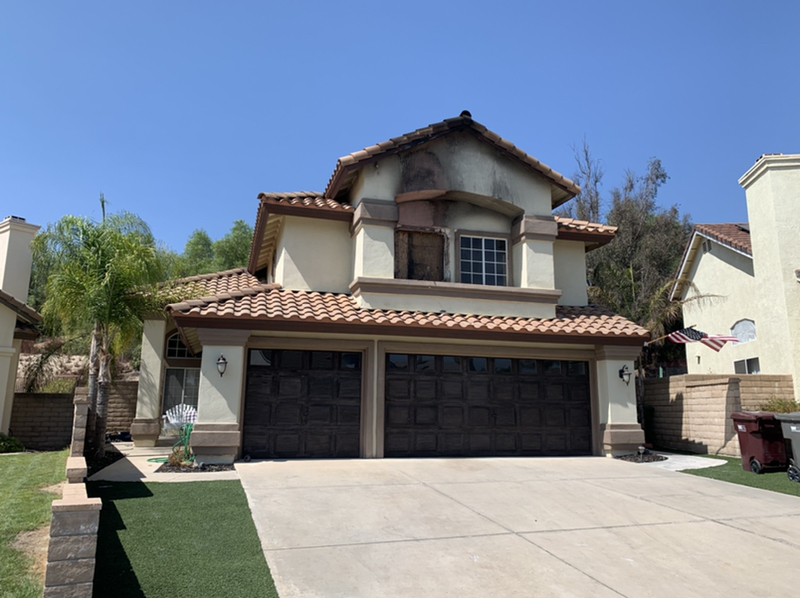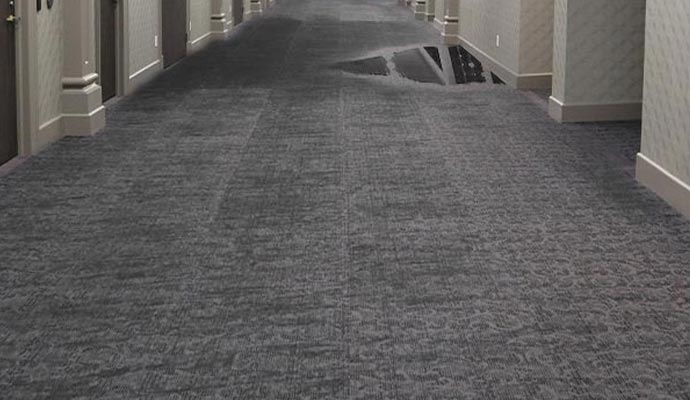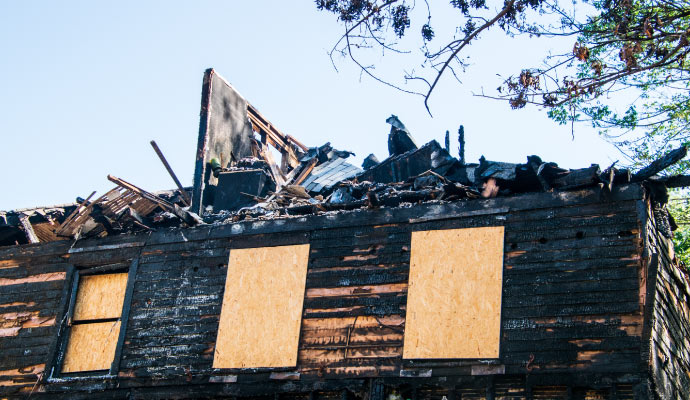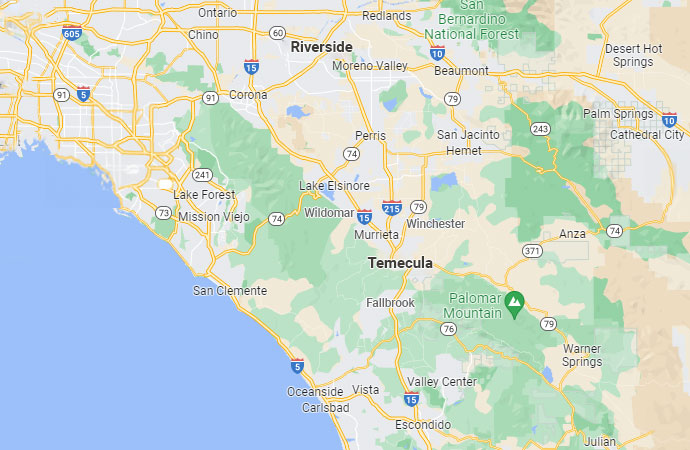Fire Restoration: What to Expect During the Assessment Phase
Experiencing a fire in your home is devastating to say the least. Traversing the “what's next “ aspect can leave you frozen in your tracks. It is not a time that most easily and logically breaks down the immediate next steps with mathematical-like precision. It can be daunting, stressful and time consuming but understanding the assessment process that follows is crucial for a smooth recovery. Here's what homeowners can expect during the assessment phase, including the initial inspection, documentation of damages and the creation of a restoration plan.

-
Initial Inspection:
The first step in the assessment process is the initial inspection. This typically occurs shortly after the fire department has deemed the property safe to enter. Here's what to expect:
- Safety Precautions: Safety is paramount. A certified fire damage restoration professional will conduct the inspection, equipped with protective gear. They will ensure the structure is stable and free from immediate hazards.
- Thorough Examination: The inspector will meticulously evaluate the extent of the damage. This includes assessing structural integrity, identifying areas affected by fire, smoke and water, and noting potential safety risks.
- Identification of Salvageable Items: The inspector will identify items that can be salvaged through restoration efforts. This may include furniture, personal belongings and structural elements that can be repaired.
-
Documentation of Damages:
Accurate documentation is crucial for insurance claims and the restoration process. Here's what to expect:
- Photographic Evidence: High-quality photographs and videos will be taken to document the condition of the property. This includes close-ups of damaged areas, items and structural elements.
- Itemized Inventory: A detailed list of damaged items will be compiled, including descriptions, estimated values and purchase dates if available. This inventory will serve as evidence for insurance claims.
- Recording Observations: The inspector will record specific observations about the damage, such as the type and extent of fire and smoke damage, as well as any water damage from firefighting efforts.
-
Creation of a Restoration Plan:
Based on the findings of the assessment, a tailored restoration plan is developed. Here’s what to expect:
- Prioritizing Actions: The restoration professional will outline a step-by-step plan, prioritizing tasks based on the urgency and severity of the damage. This may include immediate safety measures, structural repairs and content restoration.
- Estimation of Costs and Timeline: A detailed estimate of the costs involved in restoration, along with a projected timeline, will be provided. This gives homeowners a clear understanding of the process ahead.
- Consultation with Homeowners: The restoration team will discuss the proposed plan with homeowners, addressing any questions or concerns. This collaborative approach ensures that homeowners are informed and comfortable with the restoration process.
By understanding the assessment process after a fire, homeowners can approach the restoration journey with greater clarity and confidence. To have a perspective on the scope as a whole helps to understand the individual steps and how each one helps to form the overall picture. Working closely with certified , well trained and trusted professionals ensures that the restoration plan is comprehensive and tailored to the unique needs of your property.
Remember, in this process patience and open communication are key to a successful restoration. The right restoration company is here to help you navigate this process, not create another hurdle for you. Pulido Cleaning & Restoration, 951-494-6040



















